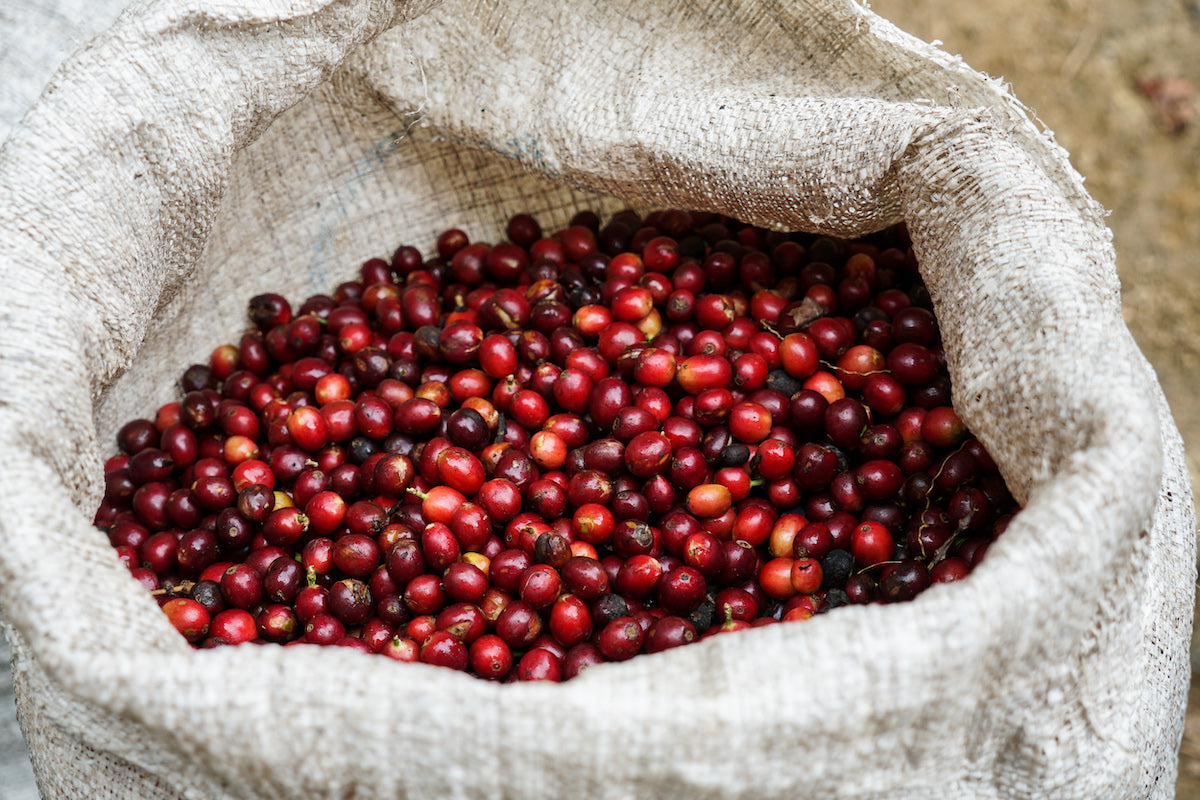
From its rich biodiversity to its commitment to environmental sustainability, Costa Rica is truly a jewel of Central America. And among its many treasures is a thriving coffee industry known for its premium quality beans. The coffee from this small nation leaves a significant impression on the global coffee industry. Lets explore the fascinating journey of coffee production in Costa Rica from seed to cup.
A Glimpse into the History of Costa Rican Coffee
Coffee first made its appearance in Costa Rica in the early 19th century, with the first seeds reportedly brought from Cuba. Recognising coffee's potential as a lucrative export crop, the government offered free land to farmers willing to grow coffee. This initiative triggered the rapid expansion of coffee cultivation across the country, and by the mid-19th century, coffee had become Costa Rica's primary export.
The Bounty of Geography and Climate
Costa Rica’s location between the Atlantic and Pacific Oceans, its rich volcanic soil, and its diverse microclimates make it an ideal location for coffee cultivation. The country has eight main coffee-growing regions: Brunca, Turrialba, Tres Ríos, Orosi, Tarrazú, Central and Western Valleys, and Guanacaste. Each region is characterized by its unique altitude, rainfall, temperature, and soil conditions, resulting in coffees with distinct flavour profiles.
Coffee Cultivation and Processing
Most of the coffee farms in Costa Rica are small to medium-sized, often owned and managed by families who've been cultivating coffee for generations. The coffee trees are typically grown at altitudes between 800 and 1,700 meters, and the cherries are hand-picked during the harvest season, which generally runs from October to March.
After picking, the coffee cherries undergo a process to remove the fruit and dry the beans. The Costa Rican coffee industry is known for its innovative processing methods. Alongside the traditional washed process, other methods like honey and natural are used, giving the beans varied and unique flavour characteristics.
Emphasis on Quality: The Role of ICAFE
The Costa Rican Coffee Institute, or ICAFE, is the governing body responsible for overseeing coffee production in the country. Founded in 1933, ICAFE's initiatives ensure the quality and sustainability of Costa Rican coffee. The institution has also passed laws banning the cultivation of low-quality coffee varieties, further emphasising the country's commitment to producing top-quality beans.
Costa Rican Coffee in the Global Market
Costa Rica may not be the largest coffee producer, but it has a significant impact on the global specialty coffee scene. The country is renowned for its high-quality Arabica coffee, which is treasured for its bright acidity, medium body, and flavor notes that range from fruity to nutty. Additionally, the traceability of Costa Rican coffee is excellent, often allowing buyers to trace the coffee back to the farm or mill it came from.
Future Outlook
The future of Costa Rican coffee is promising. There is a strong focus on sustainability, quality improvement, and climate change adaptation. Moreover, innovations like micro-mills and unique processing methods continue to push the boundaries of flavour, offering exciting prospects for coffee lovers worldwide.
Conclusion
Costa Rican coffee stands as a symbol of the country's commitment to quality, innovation, and sustainability. Each step of the process, from high-altitude cultivation to meticulous processing and stringent quality controls, reflects Costa Rica's dedication to delivering exceptional coffee. The end product is a cup that captures the diversity, vibrancy, and richness of this remarkable nation.
As we look towards the future, Costa Rica continues to push boundaries in the coffee world. With an emphasis on sustainable practices, innovative processing techniques, and adaptations to climate change, the country is not just keeping up with the evolving global coffee industry but often leading the way.
So the next time you savour a cup of Costa Rican coffee, take a moment to appreciate its journey. The aroma, flavours, and quality are not just the result of the physical processes, but also a reflection of Costa Rica's coffee heritage, the dedication of its farmers, and the spirit of "Pura Vida" that is deeply ingrained in its culture. And as you take that sip, remember that you're not only enjoying an excellent brew but also participating in the celebration of Costa Rica's vibrant coffee tradition.
Photo by: Cafe Imports
